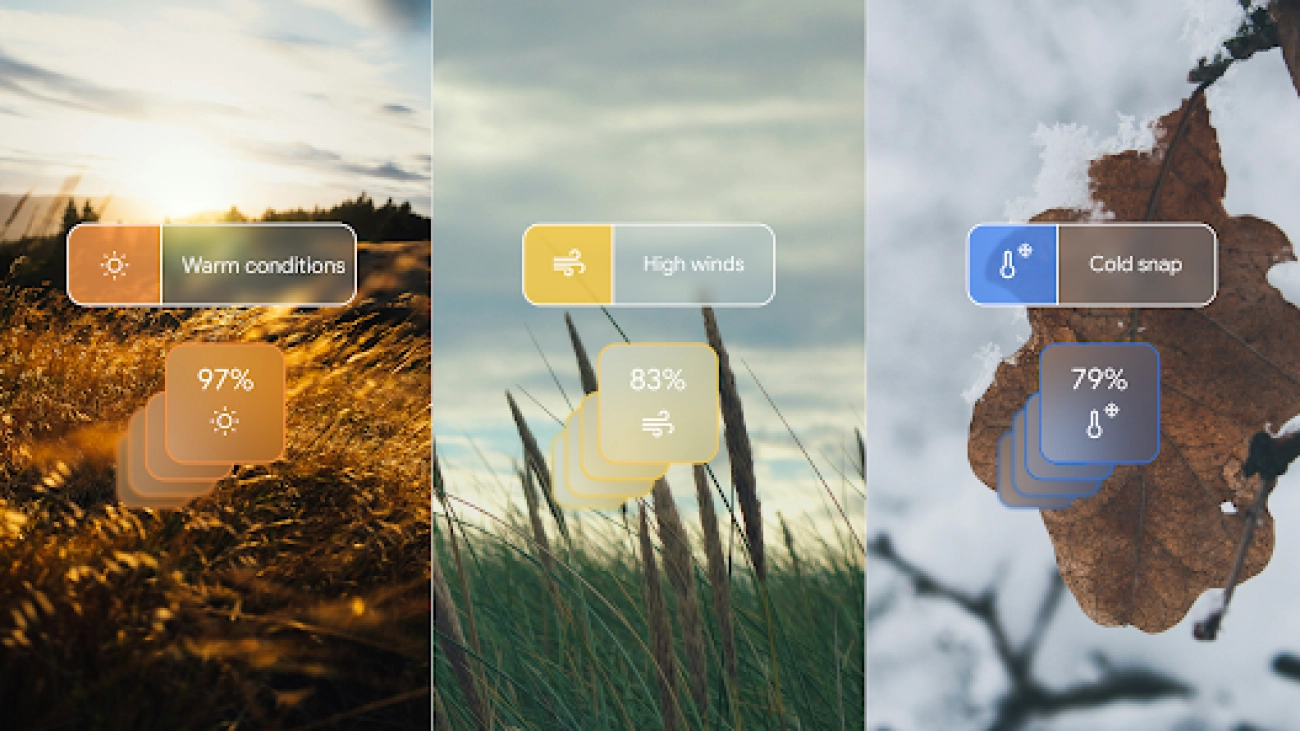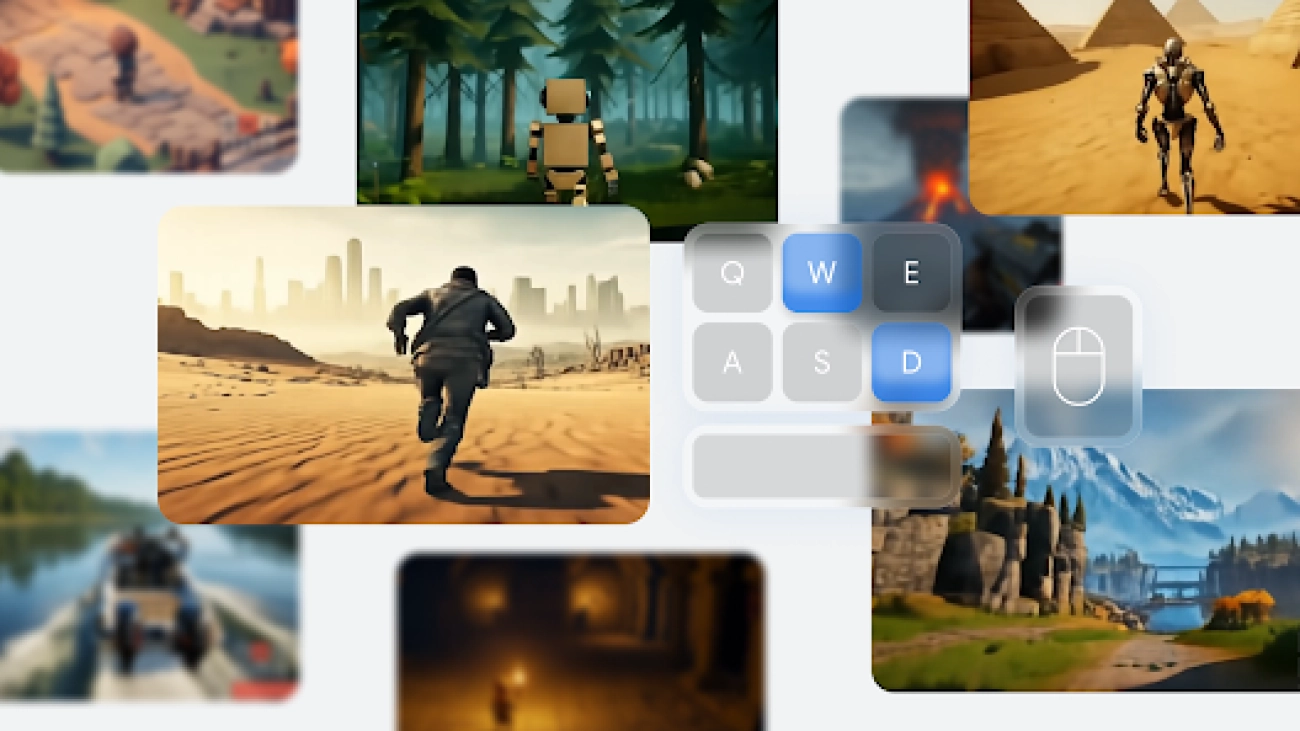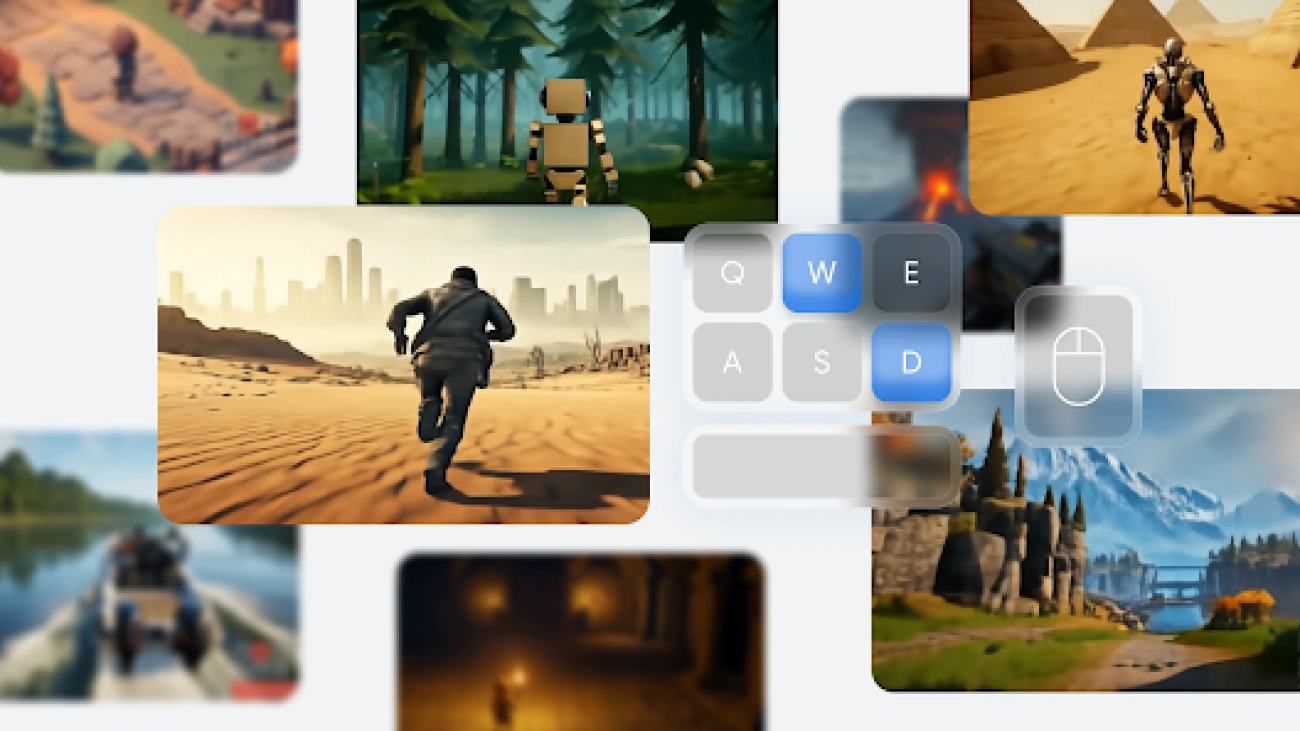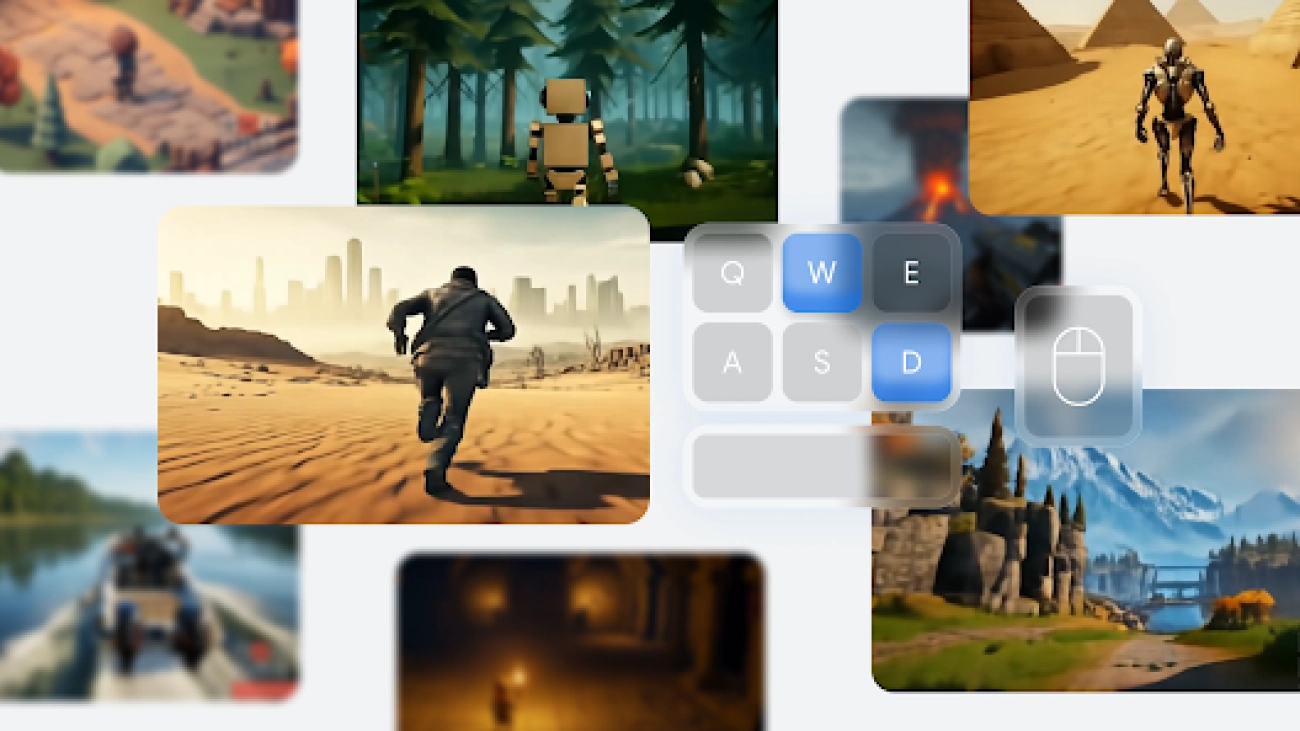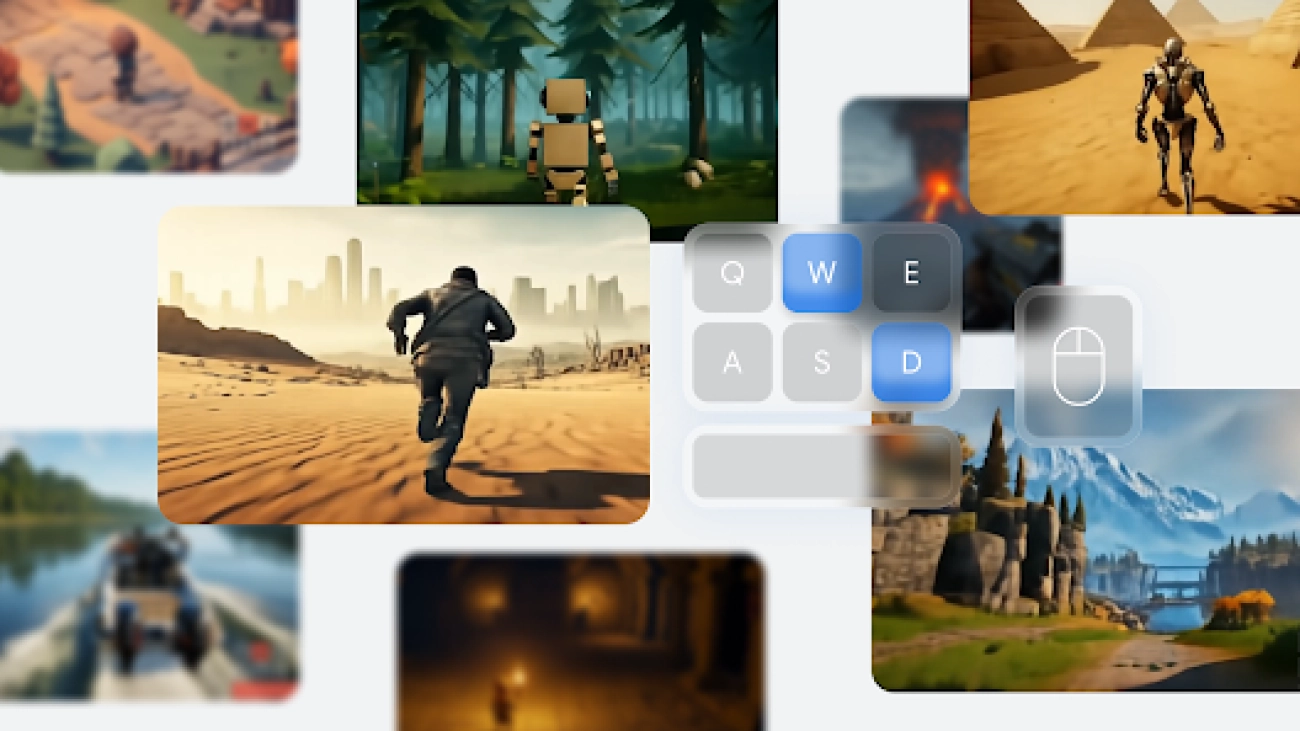New AI model advances the prediction of weather uncertainties and risks, delivering faster, more accurate forecasts up to 15 days aheadRead More
Genie 2: A large-scale foundation world model
Generating unlimited diverse training environments for future general agentsRead More
Genie 2: A large-scale foundation world model
Generating unlimited diverse training environments for future general agentsRead More
Genie 2: A large-scale foundation world model
Generating unlimited diverse training environments for future general agentsRead More
Genie 2: A large-scale foundation world model
Generating unlimited diverse training environments for future general agentsRead More
Genie 2: A large-scale foundation world model
Generating unlimited diverse training environments for future general agentsRead More
Genie 2: A large-scale foundation world model
Generating unlimited diverse training environments for future general agentsRead More
Genie 2: A large-scale foundation world model
Generating unlimited diverse training environments for future general agentsRead More
AlphaQubit tackles one of quantum computing’s biggest challenges
Our new AI system accurately identifies errors inside quantum computers, helping to make this new technology more reliable.Read More
AlphaQubit tackles one of quantum computing’s biggest challenges
Our new AI system accurately identifies errors inside quantum computers, helping to make this new technology more reliable.Read More

